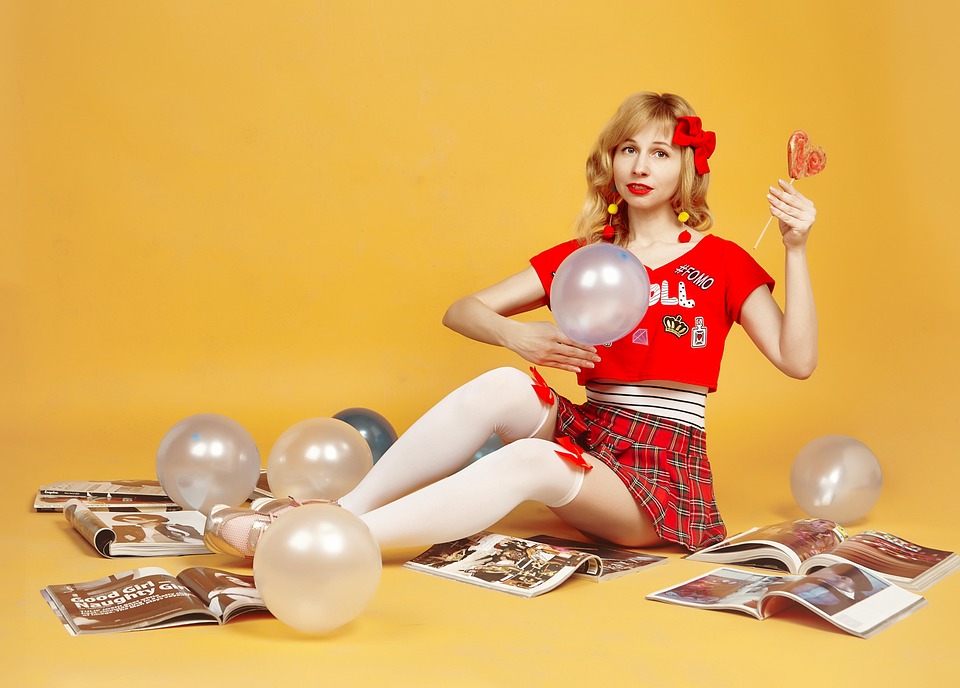
A Journey Through the Evolution of Barbie Dolls: History and Impact
Barbie dolls have long transcended mere toys, evolving into cultural icons that reflect societal shifts, aspirations, and dreams. Launched in 1959 by Ruth Handler, co-founder of Mattel, Barbie emerged during a time when the world was grappling with post-war realities and the burgeoning feminist movement. But what truly lies beneath the glossy exterior of this plastic figure?
1. The Birth of an Icon
Ruth Handler conceived Barbie as a way to provide young girls with an alternative to the traditional baby dolls that had dominated the market. Inspired by her daughter, Barbara, she envisioned a doll that could be a reflection of a young girl’s future possibilities—career-oriented, independent, and glamorous. The first Barbie was introduced at the American International Toy Fair in New York, clad in a black-and-white striped swimsuit. Who would have thought that this seemingly simple creation would pave the way for an entire line of dolls that would mirror the evolution of women in society?
2. Reflecting Societal Norms and Changes
As the decades rolled on, Barbie began to adapt to the changing tides of societal norms. In the 1960s and 70s, amidst the civil rights movement and the sexual revolution, Barbie diversified her wardrobe and career choices. Suddenly, she was not just a glamorous figure but also a doctor, an astronaut, and even a presidential candidate. This shift raised questions: Was Barbie empowering young girls by showing them a world of possibilities, or was she merely a superficial figure, reflecting unattainable ideals?
Critics have often pointed out that Barbie’s impossibly slender figure and glamorous lifestyle could perpetuate unrealistic beauty standards. Model and activist Ashley Graham once remarked, “Barbie is beautiful, but what about the rest of us?” This dichotomy between aspiration and realism continues to fuel debates around Barbie’s influence on body image and self-esteem.
3. Embracing Diversity and Inclusion
Fast forward to the 21st century, and Mattel has made significant strides towards inclusivity. The introduction of dolls with various body types, skin tones, and abilities marks a pivotal moment in Barbie’s history. In 2016, Mattel unveiled its “Fashionistas” line, showcasing dolls with different body shapes—petite, tall, and curvy. This move towards representation not only acknowledges the diversity of young girls worldwide but also positions Barbie as a symbol of acceptance and empowerment.
However, one must ponder: has the breadth of representation gone far enough? While Barbie now celebrates various identities, some argue that the brand still has a long way to go in authentically portraying real-life women and their experiences.
4. The Cultural Impact of Barbie
Barbie’s influence extends beyond the realm of toys; she has sparked discussions on gender roles, feminism, and consumerism. The doll has been a subject of countless art installations and academic studies, often examined through critical lenses. For instance, in her groundbreaking work, “The Barbie Chronicles,” author Yona Zeldis McDonough explores how Barbie reflects societal expectations and aspirations.
Moreover, Barbie has found her way into popular culture, appearing in movies, television shows, and even fashion runways. The brand has collaborated with renowned designers, further blurring the lines between childhood play and adult fashion. But does this commercialization dilute her original message of empowerment, or does it reinforce the notion that women can indeed have it all—career, beauty, and style?
A Timeless Legacy
Barbie’s journey from a simple doll to a multifaceted cultural phenomenon encapsulates the complexities of womanhood, identity, and societal expectations. As we reflect on her evolution, it becomes evident that Barbie is more than just a toy; she is a mirror held up to society, reflecting both its progress and its challenges.
At BargainsTrust, we continue to bring you curated selections and insights into products that resonate with your evolving lifestyle. The story of Barbie is but one example of how consumer culture intertwines with broader social narratives, highlighting the importance of informed choices in today’s dynamic marketplace.






